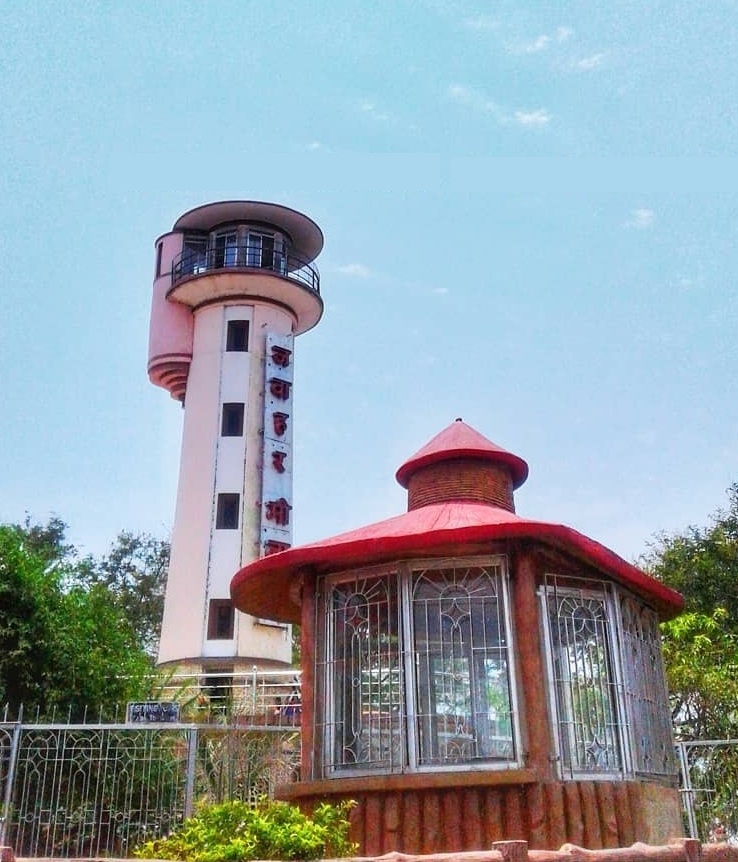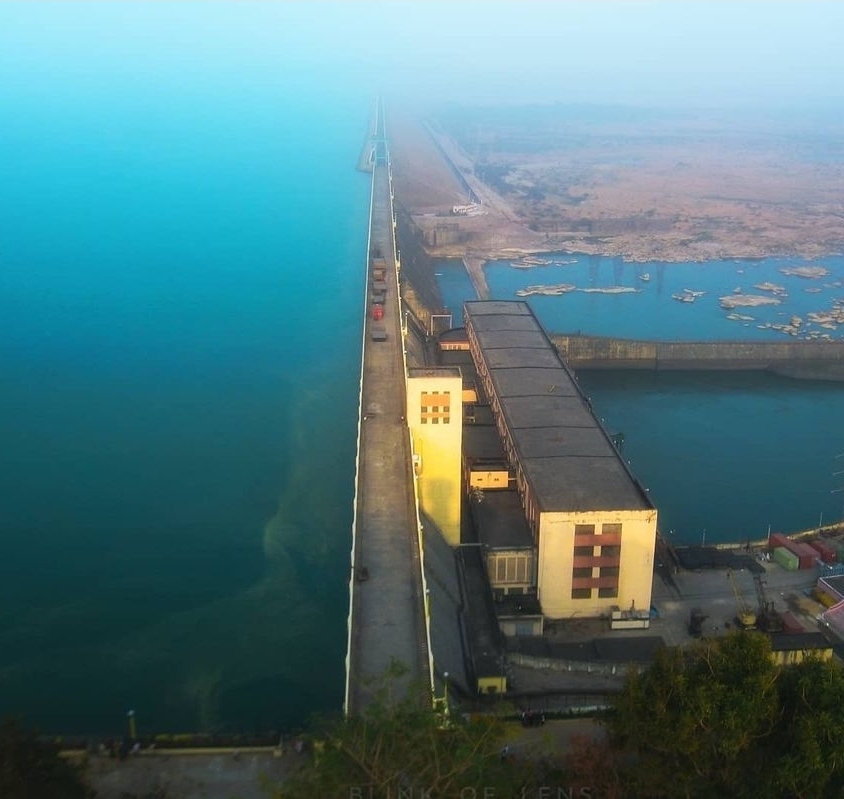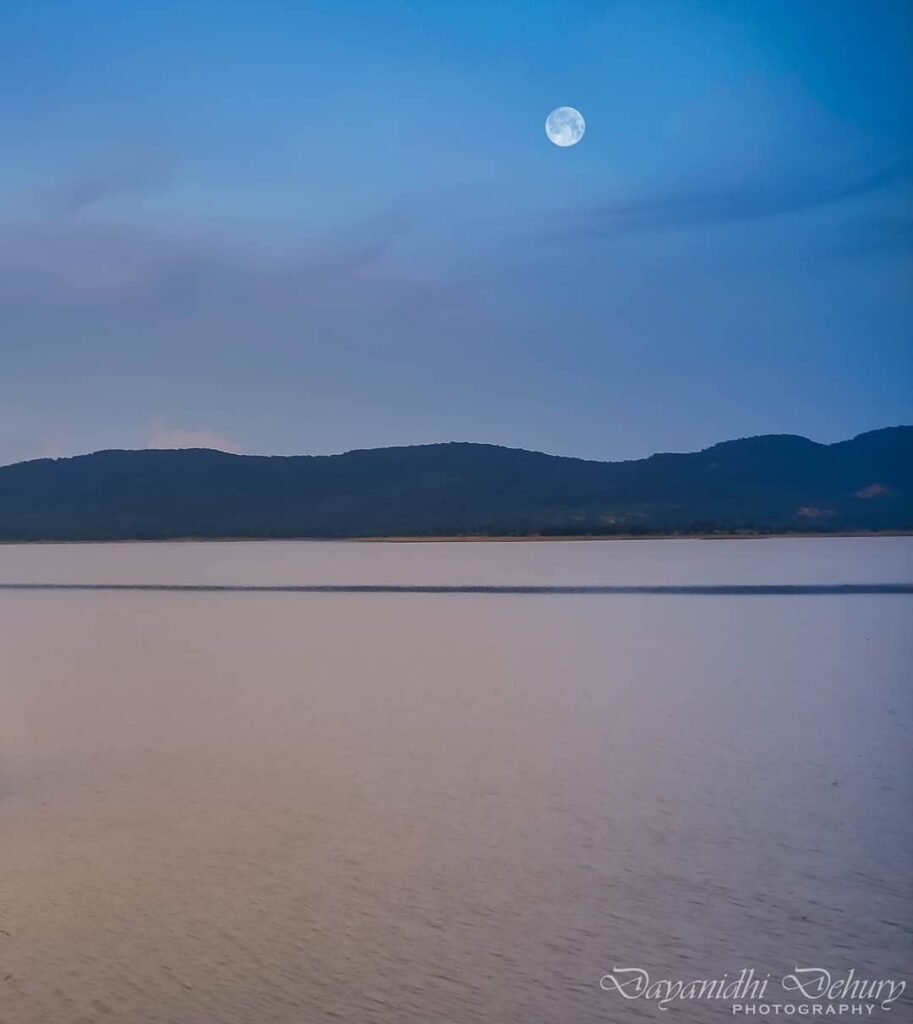DAM Overview-
Hirakud Dam is formed across the Mahanadi River, and is about 15km from Sambalpur inside the state of province in Asian nation. The Hirakud Dam was in-built 1957. This dam isamongst the longest artificial dams inside the world. The main section of the dam is 4.8km and the entire dam is of 25.8km. Hirakud Dam is also the first major utile stream vale project that started during India’s Independence.
Location-
The Hirakud Dam is a composite structure of earth, concrete and masonry, which is about fifteen kilometers from north of Sambalpur. Its length is around twenty six kilometer together with dykes and stands across the stream Mahanadi. Originally the dam length was concerning 4.8 kilometer between 2 hills; on the left aspect Lamdungri and at the proper Chandili Dunguri. The dam edge is21km of material dykes on the each left and right sides, closing the low saddles on the far side the adjacent hills. It is also the most important Dam in Asia because it has a reservoir that holds around 743 km2 and water’s edge is 639 km. On all sides of the hills two observation towers have been engineered, one tower named as “Gandhi Minar” and second“Nehru Minar”.

Geographical Overview-
The Hirakud Dam management floods in Mahanadi delta and irrigates seven 500,000 hectares of land and electricity is in addition generated. The Hirakud Dam regulates eighty three 400 km² (32,200 mi²) of Mahanadi’s drain water. The Dam presently has ninety eight flood gates, sixty four slippery gate and thirty four crest gates to unharness flood water. But the CWC has recommended raising water discharge capability of dam by 1.5 times facing toSambalpur.The new spillways would unharness water into Jhari Jor on the far side Chipilima to avoid flooding of city. Inside the higher geographic region of the Mahanadi stream, focused on the Chhattisgarh Plain, periodic droughts distinction with the case inside the lower delta region wherever floods might causeharm to the crops. The dam was created to assist and alleviate these issues by making a reservoir and dominant stream flow through the system. The dam regulates the flow of the Mahanadi stream and produces electricity through many electricity plants. The dam helps management floods inside the Mahanadi delta and irrigates 75km2 (19×106 acres) of land. Hydroelectricity is additionally generated. The Hirakud Dam regulates 83,400 km2 (20.6×106 acres) of Mahanadi’s drainage. The reservoir encompasses a storage capacity of 5.818 km3 (1.396 cu mi) with gross of 8.136 km3 (1.952 cu mi). It drains a locality of 133,090 km2 (32.89×106 acres), over twice the area of Sri Lanka. Statistics published by the dam authority shows that the water holding capacity of the dam has been reduced by 28% due to siltation.
Hirakud Dam-
A big conflict for water was reported when over 30,000 farmers gathered around the dam makingchain and protesting against the allocation of water to the industries and there being no water for the canal system due to an occasional water level. The lost temples present excellent opportunities for swim enthusiasts to explore the underbelly of Hirakud Dam. Mahanadi is a huge river estimated to be around 858 km long that flows across the states of Chhattisgarh and Odisha majorly and Madhya Pradesh marginally. Floods had then flattered frequent in Odisha that applaud the fabled name ‘sorrow of Odisha’ to Mahanadi. It had been imperative to manage the devastating deluges of the river especially when the water flow of the river generally equivalents thereto of the Ganges in times of torrential downpours. It had been then that the Hirakud dam project was proposed by Sir M Visveswaraya and therefore the construction began in 1948 and the dam was inaugurated in 1953 by India’s first Prime Minister Pt. Jawaharlal Nehru.

Odisha could be a fertile land; however it’s also undeniable that the lands besides good atmospheric condition most preferably needs good installation for the irrigation of crops. Although it had been predicted to support 1,094,953 acres of land for cultivation of Kharif and Rabi crops, currently Hirakud Dam supports 267,825 acres of Rabi crops and 384,582 acres of Kharif crops in Bolangir, Sambalpur, Bargarh, Subarnapur. Several attempts are still made to boost the water management system of the dam and also the river.
Electricity Production-
The dam constructs hydroelectricity through some hydro electrical plants. The two superpower plants are in Burla and Chipilima. The dam generates 307.5MW power.
Cattle Island-
Cattle Island accustomed is a developed village once but during the settlement period before the development of dam the people abandoned the village leaving the cattle behind. Some areas of the village submerged under the water while the cattle took to hill top that under the influence of the water turned to an island. Now the Island is inhabited by wild cattle that were once domestic, white in color and far superior in size as compared to the conventional tamed cattle. The island is situated on the far end of the reservoir and might be reached by a launch. Besides supporting vast agricultural acreage and being the savior from floods, the Hirakud Dam could be a fine birding site for migratory birds just like the Common Pochard, Red Crested Pochard and Great Crested Grebe. Each side of the dam has an earthen dyke that creates Hirakud the biggest lake in India with two epic towers at all sides.

In 1948 Odisha bend the knee before a temple of vogue after the event of the Hirakud Dam started. The Hirakud Dam is not any exception. Dams obstruct rivers, colonize their waters and make conflicts. Dam is situated at latitude 21.31° N & longitude 83.52° E on the Mahanadi River. It is round 15 km from Sambalpur City. With a deluge area of 743 square kilometers, the reservoir swamped 123,303 acres of arable land and displaced 22,144 families, properly. A complete of three, 540 families are yet to be compensated but other sources peg the figure at 9,913 families. The dam was originally conceived as a flood-control reservoir to mitigate arrive the downstream delta. Other than control, Odisha’s requirement for water for irrigation, power, domestic and industrial stands at 18,175 MCM (million cubic meters).

COVER PHOTO CREDIT: PHOTOFACTORY

